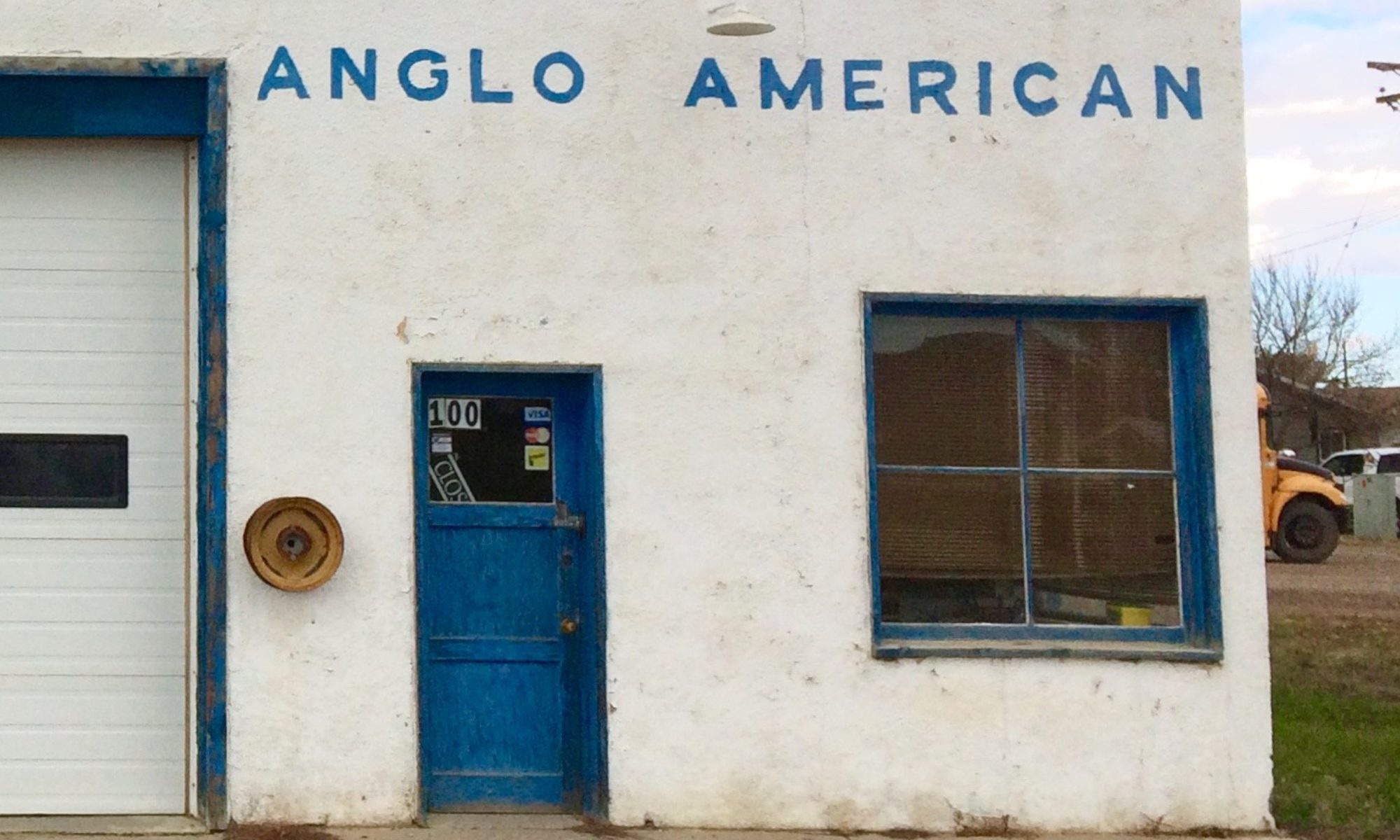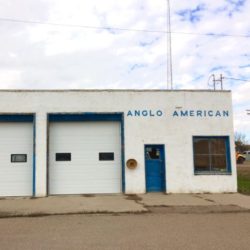
The photo is from the Villa La Roche, a project by LeCorbusier in Paris. Here main living spaces are located on upper floors. The photo was taken about four years ago.
Ongoing study for a three sided house
As the design for the previously referenced newfoundland house evolved – more effort to rational considerations were generally applied – perfect shapes and alignments. Simple, at ease, stability in form. As well in parallel, consideration was made in terms of ‘form as experienced’. How was it to be in front of, or inside the space, the building.
The rational options that were developed, were aesthetically in contrast to some periods in the design process, where potential solutions became more sculptural. Apart from being in contrast to the other design themes, these would also be in contrast with the local vernacular. As a solution for a home in a particular small village that I was thinking of at that time, in rural newfoundland, a less iconic or sculptural solution seemed likely to be the right fit.
This enters into the discussion on what is appropriate where, and design excellence. The contemporary interest in iconic architecture often comes from a methodology where high contrast in an environment is a key objective. Certainly there are many times when that’s the right approach, though not always the wise solution consistently. Like any solution, a range of options needs to be considered and tested. In many respects, the bigger challenge for an architect or designer consistently is designing something good, a design and building that works on one or more levels, that engages in architecture, that makes some or many people respond – often positively, perhaps through the expression of an un-selfconscious smile.
The understanding of design excellence – the idea of designing something good, isn’t original. There are more than a few quotes out there that say this, most notably Mies. The imperative to do something good is always there, whether one is designing something in contrast with a local physical or sociological environment, or not. This is about architectural criteria of proportion and materiality, relationships, subtle choices, this is about a perfection that has the potential to resonate within the individuals experiencing the work, the space. This is the bigger challenge.

